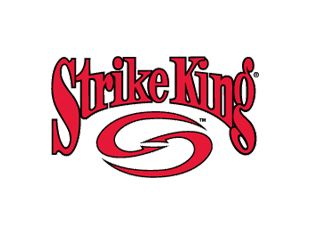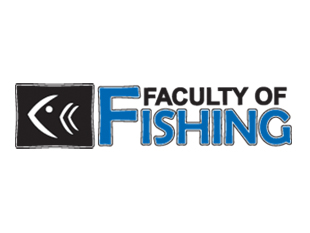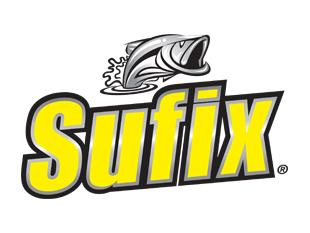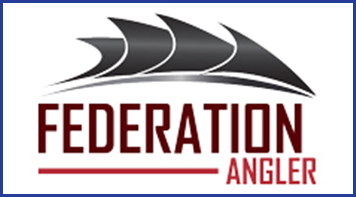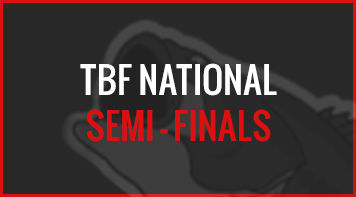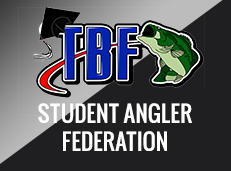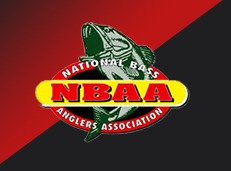I am no expert on Silver Lake. This article contains information I gathered from WDFW employees, long-time residents of the Silver Lake and Cowlitz County area, and fisher folk that have fished there for 40+ years. Thanks especially to Willie Nelson and Don Berry.
Silver Lake bass fishing is not what it used to be. In a nutshell, Silver Lake suffers from water quality problems; blue-green algae, excessive phosphorous, failing septic systems, possible stormwater pollution, an adjacent landfill on the South, very little submerged vegetation, and turbidity. No simple answer to the water quality problem overall, so this article is about one problem; the lack of former native submerged vegetation.
In 1990, WSU researchers proposed the introduction of sterile grass carp (Ctenopharyngodon idella) to control the excessive growth of non-native South American waterweed and Eurasian watermilfoil in Silver Lake. In spring of 1992, WDFW released 83,000 triploid grass carp (8” – 10” long) into the lake. Their life expectancy was 7 years in western WA.
In 1994, a WDFW-sanctioned survey showed little, if any, submerged aquatic vegetation left in the lake. Except for yellow waterlily (lily pads), bogbean (buckbean), and watershield (dollar pads), most of the native submerged aquatic vegetation was also eliminated. The grass carp did their job (and then some) in just 2 years. The number of carp to be stocked became a real controversy. Planting just 15,000 would have probably been adequate for the job. Today they’re still swimming so the fish can evidently live 20+ years in this lake.
It is currently illegal to fish for or to retain grass carp from Silver Lake. WDFW does not want any of these carp transferred or taken anywhere; dead or alive.
This summer however, WDFW will hold several Grass Carp Fishing Derbies on Silver Lake. These will be scheduled on consecutive weekends and are open to the public. No one I have questioned, including WDFW, has any idea how many grass carp still reside there. Locals suggest there are still thousands and they average 10-20 lbs. each. These fish can be caught on hook and line with bait; frozen brussel sprouts, biscuit dough, watermelon, kidney beans, and the pièce de résistance, cherry tomatoes.
Bowfishing is also being considered as an option to help remove these fish. Bowfishing clubs hold tournaments and they may be some assistance in this carp-removal project. By any method, WDFW wants complete control of the catch / carcasses. No complaints from this corner on that one.
The State of Missouri has evidently had a grass carp problem for a while. http://mdc.mo.gov/sites/default/files/resources/2010/05/4872_2818.pdf
Washington and Oregon have some of the best fisherman in the NW and maybe we can help Silver Lake. Either as clubs and/or as individuals, we and our families can participate in the derbies. The Mt St Helens Bass club is considering one of these derbies for their Jack n’ Jill fishing tournament in 2014.
Presently, Ukrainian carp fishermen are allowed to net common carp in Vancouver Lake. This fall, WDFW may allow these commercial guys to also capture grass and common carp from Silver Lake using trammel nets.
This article may raise as many questions as answers. Feel free to contact me to discuss. I will share more info on this as spring nears.
Don Randolph
WA / OR TBF Conservation Director








